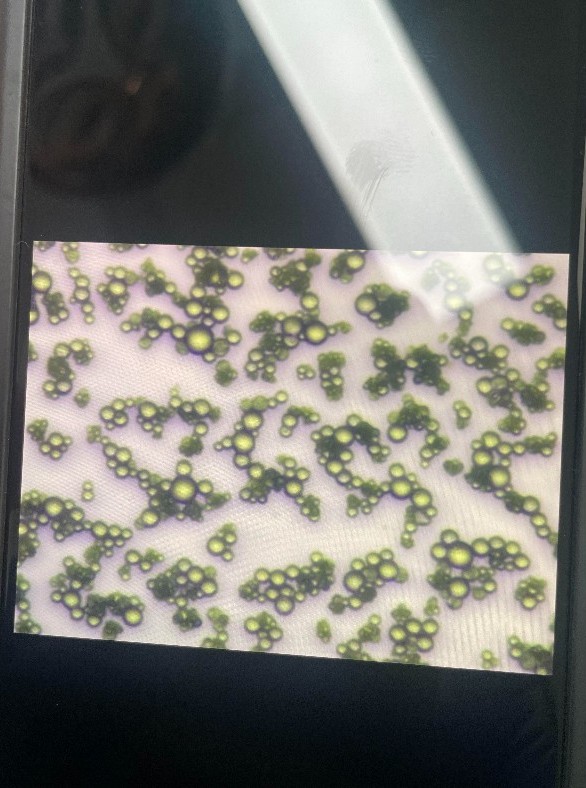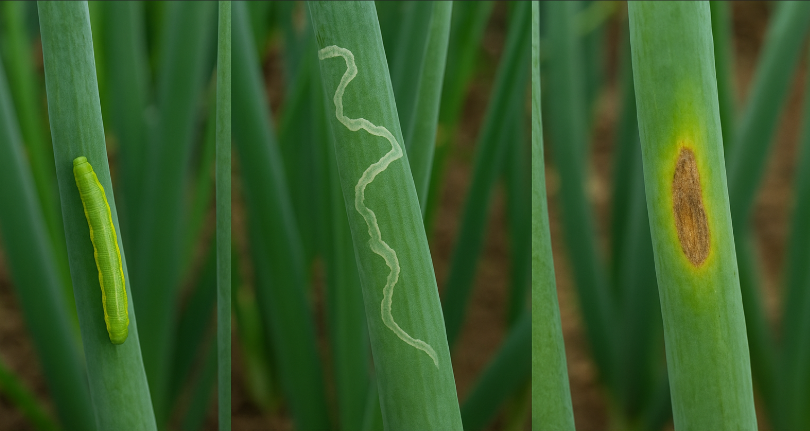
Pest Problems on Spring Onions: Causes, Symptoms, and Effective Control Methods
Spring onions, a popular crop in Vietnamese agriculture, not only provide a nutritious food source but also serve as a widely used spice. However, growing spring onions is not an easy task, especially when it comes to pest control. Pests on spring onions not only damage the plants but also affect the final product quality. This article will help you better understand the types of pests that affect spring onions, the causes of these pests, how to identify them, and the most effective pest control methods.
1. Common Pests on Spring Onions

Throughout their growth cycle, spring onions are often attacked by various pests. Each pest affects the plant in unique ways, reducing productivity and the quality of the crop. Below are some of the most common pests on spring onions:
Leaf Eating Caterpillars (Spodoptera spp.)
These are one of the most common pests on spring onions. Leaf-eating caterpillars usually chew through the leaves of the plants, causing severe damage and reducing the yield. The bites from these caterpillars can weaken the plant, preventing it from developing properly.
Thrips (Thrips spp.)
Thrips are another small pest that can attack both young and mature spring onions. They suck the sap from the leaves, leaving white spots and causing the leaves to curl. When thrips infest the plants in large numbers, the spring onions become of poor quality and lose their commercial value.
Aphids (Aphid spp.)
Aphids are another pest that spring onion growers should be wary of. They suck the sap from the leaves, causing the leaves to turn yellow and curl. Additionally, aphids can transmit diseases to the spring onion plants, leading to further issues with the health of the crop.
Stem Borers (Stem borers)
These pests often invade the stems of the plants, creating holes within them. When stem borers are present, they reduce the plant’s ability to transport nutrients, causing the spring onions to fail to thrive. If not controlled in time, stem borers can kill the plant.
2. Causes of Pests on Spring Onions

The presence of pests on spring onions can be attributed to several different causes. Understanding these factors will help you implement more effective preventive and treatment measures.
Weather and Climate Conditions
Spring onions thrive in humid tropical climates. However, drastic changes in climate conditions, especially heavy rainfall or prolonged droughts, can promote pest development. Excessive rain provides an ideal environment for the growth of pests and fungi, while dry conditions weaken the plants, making them more vulnerable to pest attacks.
Poor Soil Management
Soil that is not properly prepared or lacks nutrients will cause the plants to grow weak, providing an opportunity for pests to attack. Over-fertilizing or under-fertilizing the soil can also make the plants more susceptible to pests.
Poor Seed Selection
Some spring onion varieties are more resistant to pests than others. Choosing a pest-resistant variety will help reduce the chances of pest infestations.
Lack of Timely Pest Control
Failure to monitor and control pests early on is one of the main reasons why pests thrive on spring onions. Without regular inspections and early interventions, pests can spread and cause severe damage to the crop.
3. Signs of Pests on Spring Onions
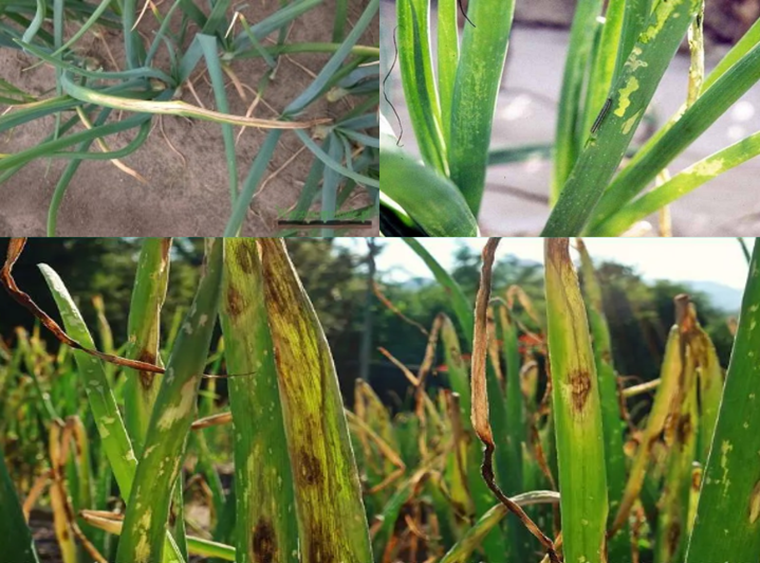
To effectively manage pests, you must first be able to identify the signs of pest infestations on your spring onions. Below are some common symptoms of pest damage:
Yellowing and Wilting Leaves
When pests attack spring onions, the leaves often turn yellow or wilt. This occurs because pests such as aphids or leaf-eating caterpillars suck sap from the plants, depriving them of nutrients and preventing them from growing properly.
Torn or Holes in Leaves
Leaf-eating caterpillars cause visible holes or tears in the leaves. This leads to a loss of the plant’s aesthetic value and reduces the quality of the crop. If you notice holes or torn leaves, it is likely a sign of caterpillar damage or stem borer infestations.
Curled Leaves or White Spots
Thrips often cause the leaves to curl or appear with white spots. These symptoms typically occur when thrips suck sap from the plant's leaves.
Presence of Insects or Bugs
One of the most obvious signs of a pest infestation is the physical presence of insects or bugs on the plant. If you see pests or larvae moving on the leaves or stems, it’s a clear indication that the spring onions are being attacked by pests.
4. Methods of Pest Control on Spring Onions
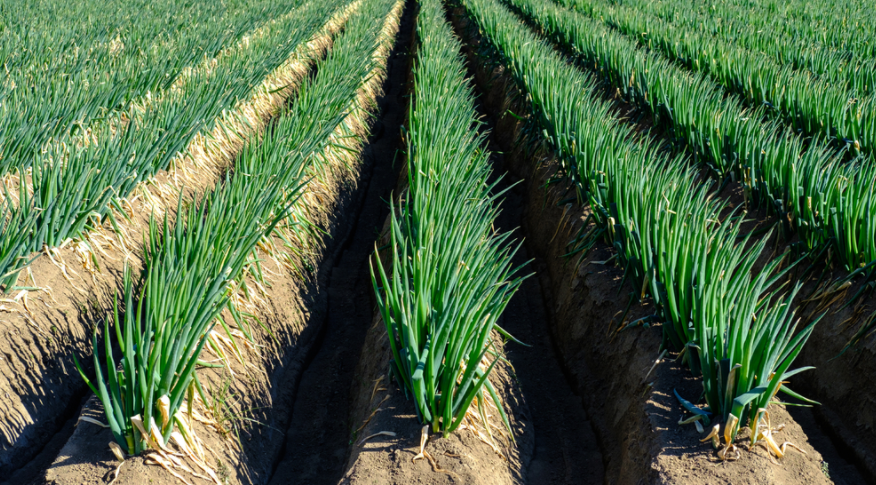
To protect your spring onions from pests, you can implement several effective preventive and control measures:
Use of Pesticides
One of the quickest and most effective methods is to use pesticides. However, it is important to choose the right type of pesticide that targets the specific pests damaging your crop. It’s advisable to consult with experts or agricultural technicians to select the right pesticide that is both effective and safe for the plants.
Biological Control Methods
In addition to chemical pesticides, you can use biological methods to control pests. Beneficial fungi, bacteria, or natural predators such as insect-eating bugs can help control pest populations without harming the plants.
Proper Plant Care
Providing the right nutrients for the plants through proper fertilization is one way to help the spring onions grow strong and reduce the chances of pest infestations. Regularly monitoring the plants will help you identify pest problems early on, allowing for quicker intervention.
Soil Treatment
Improving the quality of the soil by adding nutrients and controlling moisture levels can help reduce pest development. Using organic or bio-based fertilizers can improve soil quality and support healthy plant growth.
Manual Pest Removal
If the pest infestation is small, you can manually remove pests from the plants. This simple but effective method works especially well for pest populations that are not yet widespread.
5. Important Considerations When Using Pesticides
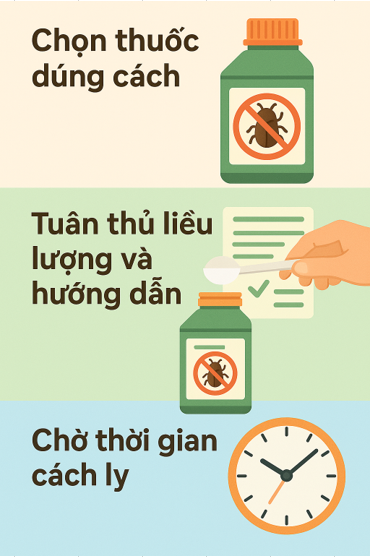
When using pesticides, it is important to keep the following points in mind to ensure the safety of the plants and consumers:
- Select the Right Pesticide: Make sure you choose a pesticide that targets the specific pest affecting your spring onions. Using a pesticide that is too strong or inappropriate for the pest can harm the plants.
- Follow the Recommended Dosage and Instructions: It is crucial to follow the recommended dosage when applying pesticides. Overuse of pesticides can lead to environmental pollution and negatively affect human health.
- Observe Withdrawal Period: After applying pesticides, follow the recommended withdrawal period before harvesting. This ensures that any pesticide residues have broken down and are no longer present on the crop.
Conclusion
Pests on spring onions are a significant issue that farmers need to address. By understanding the types of pests, their causes, and how to identify them, you can take effective steps to protect your crops. By applying preventive and control measures, you can improve product quality and ensure sustainable farming practices.
Bình luận
Những bình luận mới nhất
